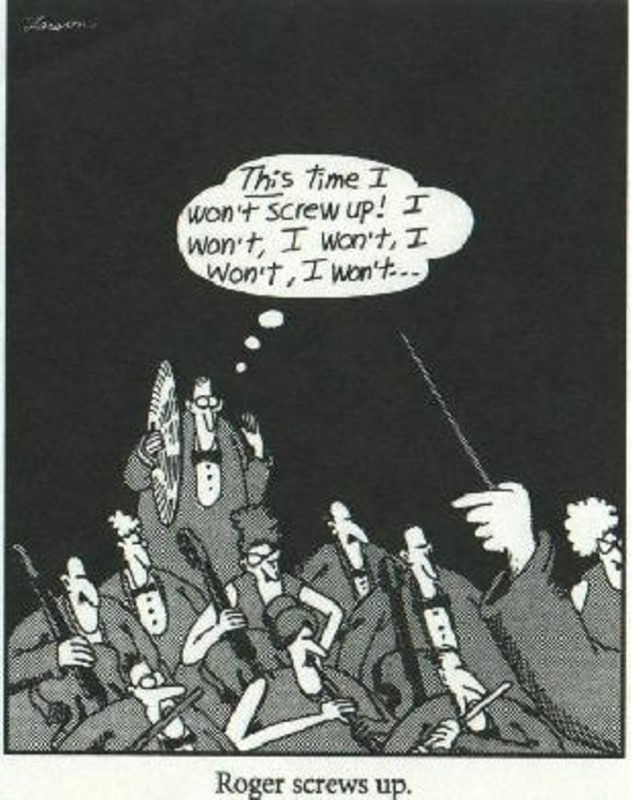
No Is Not Enough
7th Sep 2017
Want to get more traction with less friction? Here’s an idea that could be useful.
Let’s start with a couple of pretty common scenarios:
In a workshop this week, participants were discussing the challenge of making their next career move happen. I asked one of the participants what she thought she wanted in her next role. She automatically rattled off the things she didn’t want: a boss she didn’t connect with, a toxic culture, too many deliverables, messy politics, and having to deal with lawyers. When I pressed her on what she did want, she struggled for a coherent answer.
I’ve been working with an organisation that has what I’d call a ‘fire-fighting’ culture. The managers I dealt with seem to burn most of their energy on making short-term problems go away, rather than creating long-term, sustainable solutions. While they got a great adrenaline fix from being the ‘fixers’, they were generally exhausted (perhaps from the adrenaline addiction?) and reported that each year seemed more like last. Meanwhile, the organisation’s agenda was stalling.
In both situations, the people gave their attention to the stuff that is easiest to focus on (the problems) but the most distracting to making real change happen. In essence, they focused more on making problems go away, and less on creating what they truly wanted.
If we don’t like our job, we can rant and rave, blame the boss, and say “No, I don’t like the conditions, the stress, or the pay.” But it won’t get us anywhere in the long run.
If we don’t like the direction our organisation is heading in, we can rant and rave, blame the senior leadership, and say “No, that’s a crazy direction to be going in!” But it won’t get us anywhere in the long run.
If we don’t like things about the community we’re living in, we can rant and rave, blame the council, and say “No, that’s not what I want here. It should be better than this! Lift your game!” But, nope, it won’t get us anywhere in the long run.
In any of the above scenarios, you might feel better for a short while, but are you moving any closer to what you really want?
The problem with just saying ‘No’ is that we’re pushing away from what we don’t want. We stay stuck in a cyclical limbo pattern, with the problem disappearing for perhaps a little while, but inevitably reappearing some time, in some familiar form, very soon in the future.
There’s a saying in sport that ‘where you focus is where you go’. When I’m riding my mountain bike on a rocky trail, I find that I’m faster, and less likely to crash if I keep my focus on the trail ahead beyond the rocks. I focus on the scary rocks right in front of me, I tend to slow down, bounce over them, and lose my rhythm.
Naomi Klein’s latest book is called No Is Not Enough. It’s all about the rise of Trumpism and how to defeat the new shock politics. I’m not going to get into the themes of the book here, but I do think it’s worth highlighting the idea behind the title. Which is this: if we want something to change, saying ‘No’ is not enough. We also need something else to say ‘Yes’ to. It’s not enough to know what you don’t want. You also need to know what you do want.

Unless we’ve defined what we do want, we get no real change. We need to create a compelling, pulling-towards force that leaves us no choice but to move towards it.
Robert Fritz, in his seminal book The Path of Least Resistance, says the hardest question in the world to answer is “what do I want?” It’s easier to say what we don’t want, but it’s a lot harder to decide on, and ask for, what we truly, deeply, desire.
Here’s a little exercise you can try. Think of a situation you’re less-than-satisfied with, and perhaps feeling a bit stuck in. Get a piece of paper and create two columns. On the left-hand side, write down everything you don’t like about it. Go on, make it a big catharsis. Now, on the right-hand side, write down the specifics of what you do actually want to have happen instead.
Now read down each column. Which one gives you more positive energy? My guess is the right-hand side. Choose one or two of those items, and put your efforts into making those happen.
My prediction? You’ll get more traction, less friction, and have a lot more fun in the process.
Like this post? You’re only getting half the story. Sign up to my ‘Fresh Thinking’ newsletter, delivered monthly to your inbox.
you a Change Maker? Learn more about my Change Makers programme, including next intake dates.


One thought on “No Is Not Enough”
Comments are closed.